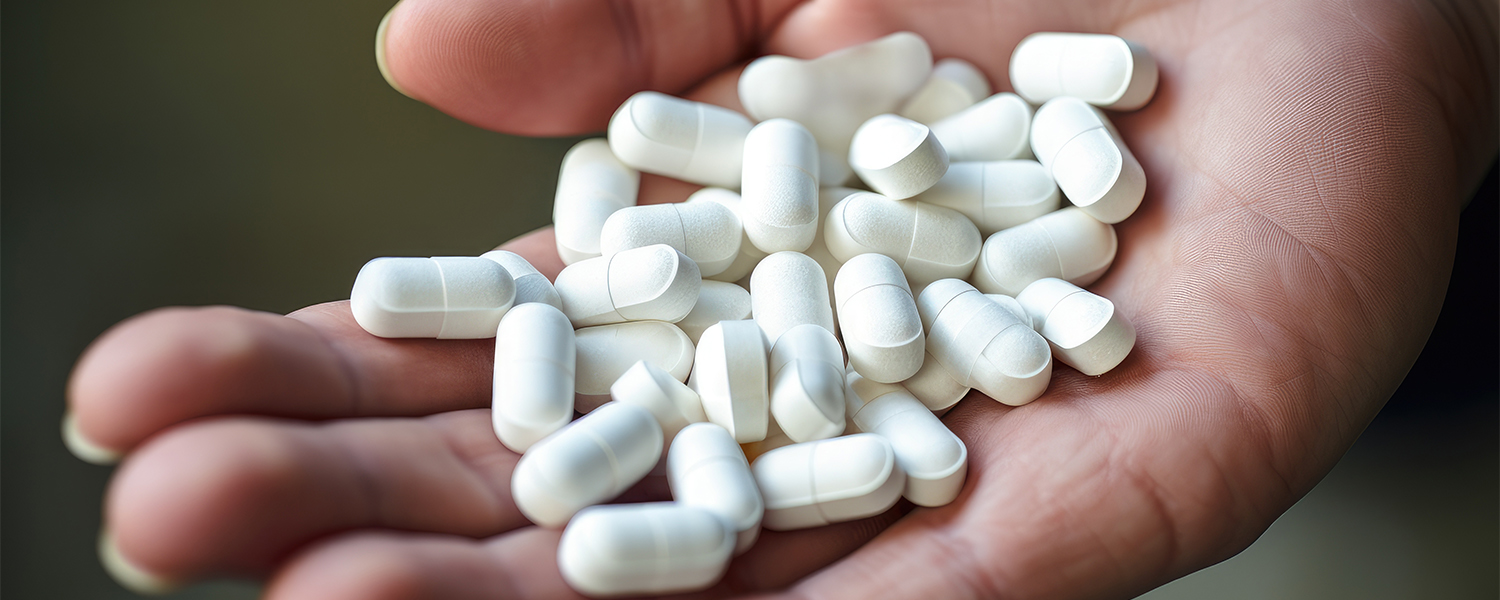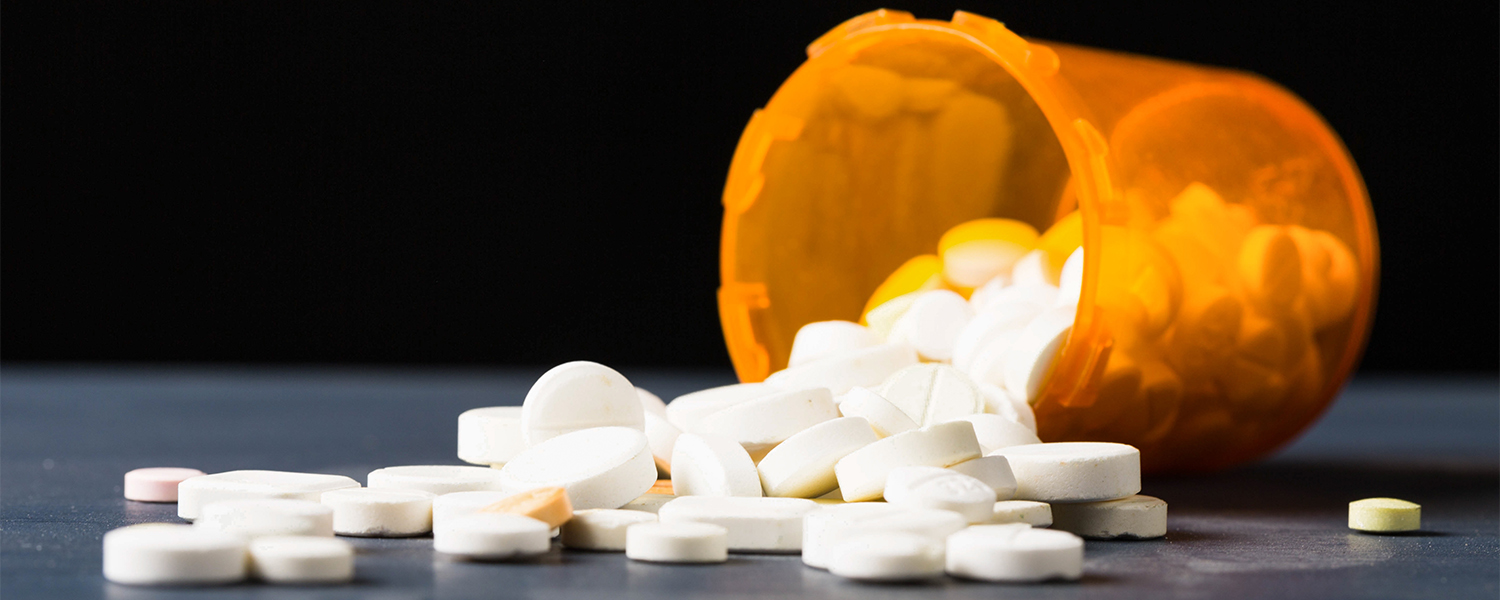Weekly Mass Torts Bulletin 2024-September-17
Teen E-cigarette Use Hits 10-Year Low
Federal officials report a significant decline in teen vaping rates in the U.S., with about half a million fewer middle and high school students using e-cigarettes in 2024 compared to the previous year.
The findings, published in the U.S. Centers for Disease Control and Prevention (CDC) Morbidity and Mortality Weekly Report on September 5, are based on data from the National Youth Tobacco Survey (NYTS), conducted by the CDC and the U.S. Food and Drug Administration (FDA). This continues a trend that has seen teen vaping rates drop by one-third since 2019.
The decline in youth vaping comes after years of efforts by health experts and regulators to combat the teen vaping epidemic, which had made e-cigarettes the most popular form of tobacco among U.S. teens. The widespread use of e-cigarettes, especially brands like JUUL, led to concerns over nicotine addiction in a new generation of young Americans, reversing progress in reducing teen tobacco use. Products with fruity flavors and sleek designs that appealed to children contributed to the rise of this public health issue.
Although e-cigarette manufacturers initially promoted their products as a safer alternative to traditional cigarettes, research has shown that vaping exposes users to harmful chemicals, some of which are linked to cancer. Vaping has also been associated with an increased risk of heart disease and DNA damage, similar to smoking traditional cigarettes.
 The NYTS is a yearly, school-based survey of U.S. middle and high school students, conducted from January to May 2024. It showed that the number of young people who vaped decreased from 2.13 million in 2023 to 1.63 million in 2024, with the reduction primarily driven by a decline in high school students who vape, which fell by about 250,000.
The NYTS is a yearly, school-based survey of U.S. middle and high school students, conducted from January to May 2024. It showed that the number of young people who vaped decreased from 2.13 million in 2023 to 1.63 million in 2024, with the reduction primarily driven by a decline in high school students who vape, which fell by about 250,000.
Among those who continue to vape, 87% reported using flavored products, with fruit flavors being the most popular at 62%, followed by candy flavors (33%) and mint flavors (25%). Federal regulators have been working to remove many of these flavors from the market. The most popular vaping brands among teens in 2024 were Elf Bar, Breeze, Mr. Frog, Vuse, and JUUL.
Studies have shown that teens are more likely to use e-cigarettes with candy-like or unconventional flavors. Research published earlier this year also linked higher vaping rates to the use of disposable e-cigarettes, which remain common among youth.
While the drop in vaping rates is seen as a positive development, officials stress that ongoing efforts are needed to maintain this progress. The FDA and CDC continue to push for stronger regulatory actions to prevent a resurgence in vaping and to address the rising use of nicotine pouches, which have become a new area of concern.
 Nicotine pouches, which resemble small pieces of candy or gum, are placed in the mouth and do not produce fumes or vapors, making them easier for teens to use discreetly. The 2024 NYTS data shows that the use of nicotine pouches among youth increased from 1.5% in 2023 to 1.8% in 2024, with roughly half a million teens reporting use. Of those, 22% said they used the product daily. Popular brands included Zen and On!, with Zen being the most commonly used.
Nicotine pouches, which resemble small pieces of candy or gum, are placed in the mouth and do not produce fumes or vapors, making them easier for teens to use discreetly. The 2024 NYTS data shows that the use of nicotine pouches among youth increased from 1.5% in 2023 to 1.8% in 2024, with roughly half a million teens reporting use. Of those, 22% said they used the product daily. Popular brands included Zen and On!, with Zen being the most commonly used.
Health experts are alarmed by the growing popularity of nicotine pouches among teens, as their discreet nature makes it difficult for teachers and parents to detect use. As vaping rates fall, attention is shifting to ensure that the use of nicotine pouches does not spark a new epidemic among U.S. teens. Regulatory and public health efforts are expected to focus on preventing the rise of these products in the coming years.
Baltimore, Walgreens Reach Opioid Settlement Totaling $402.5m

The City of Baltimore has reached a settlement with Walgreens over its involvement in the opioid crisis, marking the fifth settlement in the City’s six-year legal battle against opioid distributors and manufacturers.
The full terms of the settlement will be disclosed on October 3, 2024.
This agreement follows previous settlements with Allergan and CVS for $45 million each, Teva for $80 million, and Cardinal Health for $152.5 million, bringing the City’s total opioid-related recoveries to $402.5 million. The remaining cases against Johnson & Johnson, McKesson, and AmerisourceBergen are set to go to trial next week.
City Solicitor explained that Walgreens requested a 30-day delay in announcing the settlement details, which the City agreed to in order to focus on the upcoming trial against other key defendants in the opioid epidemic.
 Baltimore's mayor praised the legal efforts, emphasizing the need for substantial resources to combat the opioid crisis. The funds from these settlements will help bolster ongoing initiatives aimed at addressing the epidemic and providing support where it's most needed.
Baltimore's mayor praised the legal efforts, emphasizing the need for substantial resources to combat the opioid crisis. The funds from these settlements will help bolster ongoing initiatives aimed at addressing the epidemic and providing support where it's most needed.
The outside legal team working with the City also expressed pride in the progress made and readiness for the upcoming trial.
Drug Distributors Reach $300M Opioid Settlement

The three largest U.S. drug distributors—McKesson Corp, Cencora Inc, and Cardinal Health Inc—have agreed to pay $300 million to settle claims by health insurers and benefit plans over their role in fueling the U.S. opioid crisis.
The proposed settlement, which still requires court approval, was revealed in a filing in federal court in Cleveland, Ohio. This class action settlement covers third-party payers, such as union funds, that "largely paid for the overprescribed and overmarketed opioid pills," said a lawyer for the plaintiffs. These payers also bore the costs of treatment when beneficiaries developed opioid use disorder.
The settlement follows a previous $21 billion agreement by the same distributors to resolve claims from state and local governments, which accused them of failing to prevent the illegal diversion of addictive painkillers. As part of this new agreement, McKesson will pay 38.1% of the $300 million, Cardinal Health 30.9%, and Cencora 31%. The companies did not admit any wrongdoing.
 The case is one of thousands seeking accountability from drug manufacturers, distributors, and pharmacies for the opioid epidemic that has caused hundreds of thousands of overdose deaths in the U.S. over the last two decades. To date, these lawsuits have resulted in over $50 billion in settlements, primarily with states and local governments.
The case is one of thousands seeking accountability from drug manufacturers, distributors, and pharmacies for the opioid epidemic that has caused hundreds of thousands of overdose deaths in the U.S. over the last two decades. To date, these lawsuits have resulted in over $50 billion in settlements, primarily with states and local governments.
J&J Adds $1.1 Billion to Proposed Talc Settlement Fund

Johnson & Johnson plans to add $1.1 billion to its settlement fund to resolve thousands of legal claims alleging that its baby powder and other talc-based products caused cancer.
This increase would bring the total settlement amount to more than $9 billion, to be paid out over 25 years. The company reached an agreement with a plaintiffs' lawyer representing 12,000 clients, who will recommend the settlement to them. This adds to the support J&J has already received from other claimants.
J&J is preparing to have a subsidiary file for bankruptcy to finalize the settlement plan by the end of the month, while the company itself will continue operations without filing for Chapter 11. J&J maintains that its talc products are safe and do not cause cancer. The timing of the bankruptcy filing may change depending on the ongoing vote count from claimants.The lawyer supporting the settlement deal agreed to recommend it to clients in exchange for "additional monetary and non-monetary benefits" for all talc claimants. J&J has not disclosed the exact amount of the additional payment, nor has it commented on the timeline for its subsidiary's bankruptcy filing.
 Earlier this summer, J&J gave talc claimants until July 26 to vote on the proposed settlement. The deadline was extended in August at the request of plaintiffs' lawyers. J&J believes that the current settlement offer is the best and most realistic option for claimants to receive compensation in a timely manner, according to a statement from the plaintiffs' lawyer.
Earlier this summer, J&J gave talc claimants until July 26 to vote on the proposed settlement. The deadline was extended in August at the request of plaintiffs' lawyers. J&J believes that the current settlement offer is the best and most realistic option for claimants to receive compensation in a timely manner, according to a statement from the plaintiffs' lawyer.
The company expects to secure support from more than 75% of claimants who allege its talc products caused their illnesses, which is the legal threshold required for a judge to approve a bankruptcy settlement. J&J believes that additional votes will push its support "well above" the necessary level.
J&J is facing lawsuits from over 62,000 plaintiffs, though the total number of claimants, including those who haven’t filed lawsuits, could be as high as 100,000. However, some lawyers representing cancer victims continue to oppose J&J's settlement plan and are fighting the company in court.
One prominent opponent stated that many of his firm’s clients, who are part of a joint representation agreement, have already rejected J&J's offer and will continue to challenge the proposed bankruptcy settlement.
J&J previously described the settlement offer as having a net present value of around $6.48 billion, with actual cash payments over 25 years totaling $8 billion. The company’s latest increase would push the total payout to over $9 billion.
 This marks J&J’s third attempt to settle the talc litigation using a legal strategy known as the "Texas two-step" bankruptcy. This maneuver involves transferring its talc liability to a newly created subsidiary, which would then declare Chapter 11 bankruptcy. The goal is to consolidate all claims into one settlement without requiring J&J itself to file for bankruptcy.
This marks J&J’s third attempt to settle the talc litigation using a legal strategy known as the "Texas two-step" bankruptcy. This maneuver involves transferring its talc liability to a newly created subsidiary, which would then declare Chapter 11 bankruptcy. The goal is to consolidate all claims into one settlement without requiring J&J itself to file for bankruptcy.
The current settlement offer addresses claims that talc products caused ovarian and other gynecological cancers, which make up the majority of the cases. However, it does not cover claims from plaintiffs alleging that asbestos-contaminated talc caused mesothelioma, a deadly cancer affecting the lining of organs. J&J asserts that its talc products do not contain asbestos.

